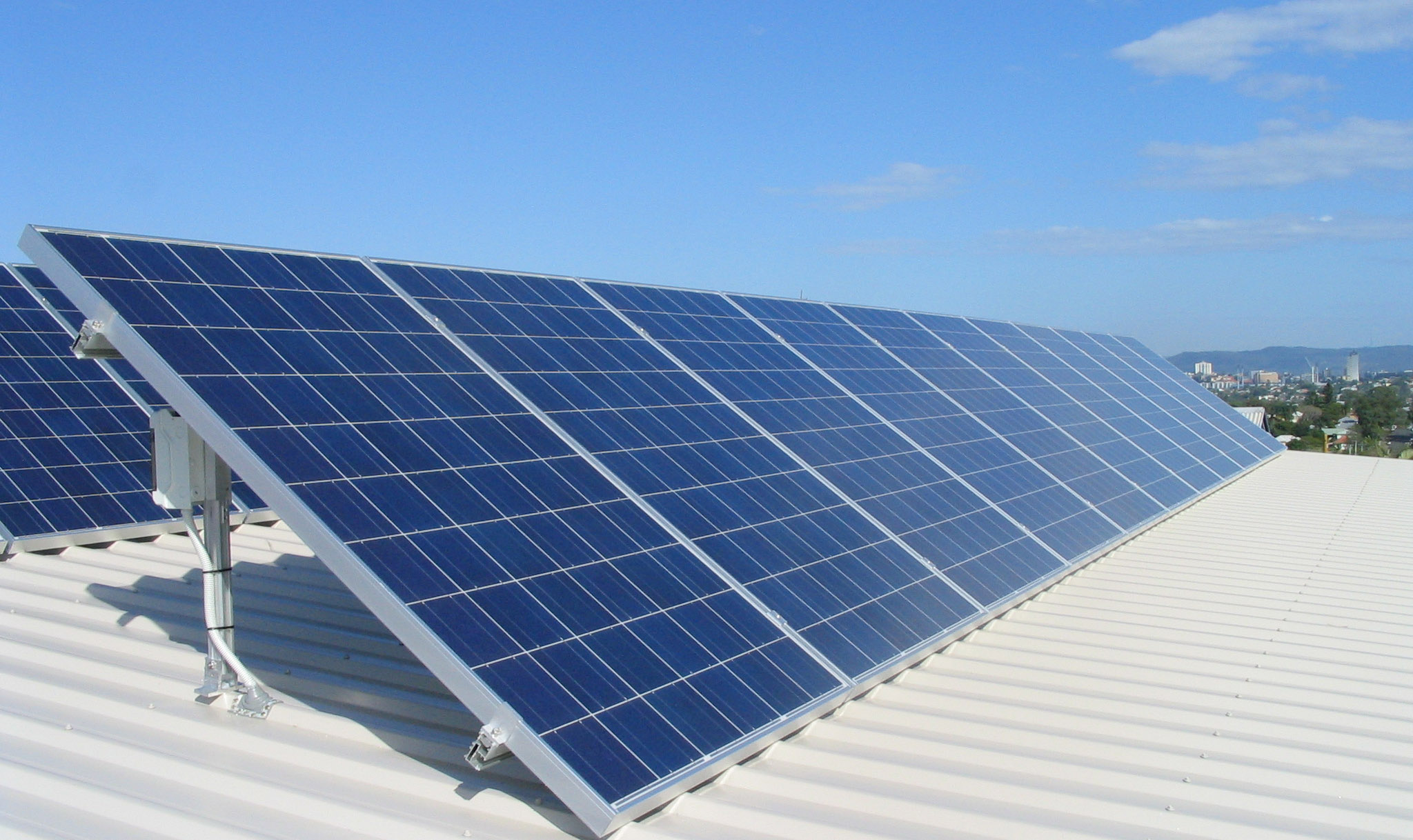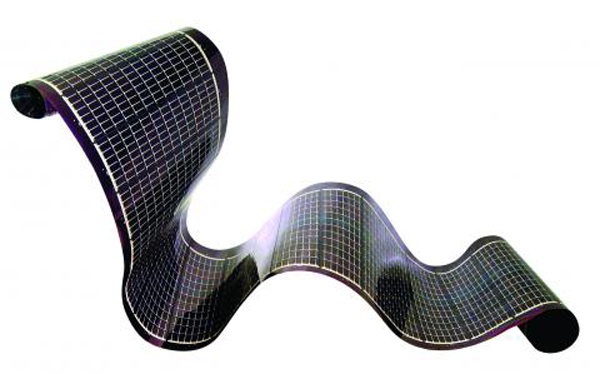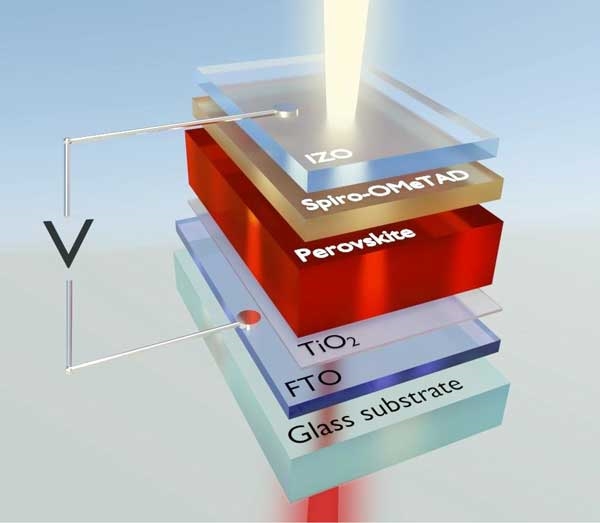Solar energy, as a clean and unlimited energy source, is gradually becoming the focus of today's world energy sector. With the joint efforts of governments, enterprises and research institutions, solar power generation technology is constantly being innovated, presenting a variety of forms and application scenarios. The Earth is continuously exposed to about 173,000 TW of solar radiation, which is more than ten times the average global electricity demand. This means that solar energy has the ability to meet all of our energy needs.
Currently, there are three main types of solar cells [also known as photovoltaic (PV) cells] on the market. These three types of cells have their own advantages in terms of efficiency, cost, and longevity.
01
Crystalline
Most home rooftop solar panels are made from high-purity monocrystalline silicon. This type of cell has achieved efficiencies in excess of 26% and lifetimes of over 30 years in recent years. Current domestic solar panels have an efficiency of around 22 per cent.
Polycrystalline silicon costs less than monocrystalline silicon, but is less efficient and has a shorter lifespan. Lower efficiencies mean more panels and larger areas are needed.
Solar cells based on multi-junction gallium arsenide (GaAs) technology are more efficient than conventional solar cells. These cells have a multilayer structure and each layer uses different materials such as indium gallium phosphide (GaInP), indium gallium arsenide (InGaAs) and germanium (Ge) to absorb different wavelengths of sunlight. Although these multi-junction cells are expected to achieve high efficiencies, they still suffer from high manufacturing costs and immature research and development, which limits their commercial viability and practical applications.

02
Thin Film
The mainstay of thin-film PV products in the global market is cadmium telluride (CdTe) PV modules. Millions of such modules have been installed around the world, with a peak generating capacity of more than 30GW, and are used primarily in utility-scale power plants within the United States.
In this thin-film technology, the cadmium content of a 1 square metre solar module is lower than that of an AAA-sized nickel-cadmium (Ni-Cd) cell. In addition, the cadmium in the solar module is bound to tellurium, which is insoluble in water and stable at temperatures up to 1,200°C. These factors mitigate the toxicity hazard of using CdTe in thin film cells.
Tellurium is found in the earth's crust in parts per million (ppm) of only 0.001. Just as platinum is a rare element, the rarity of tellurium significantly affects the cost of CdTe modules. However, it is possible to mitigate this problem through recycling practices.
CdTe modules can have efficiencies of up to 18.6%, with cell efficiencies capable of exceeding 22% in a laboratory setting. [5] Replacing copper doping, which has been used for a long time, with arsenic doping could greatly increase module life to a level comparable to crystalline cells.

03
Emerging Technologies
Emerging photovoltaic technologies using ultra-thin films (less than 1 micron) and direct deposition techniques will reduce production costs and provide high-quality semiconductors for solar cells. These technologies are expected to be competitors to established materials such as silicon, cadmium telluride and gallium arsenide.
There are three well-known thin-film technologies in the field: copper-zinc-tin sulphide (Cu2ZnSnS4 or CZTS), zinc phosphide (Zn3P2) and single-walled carbon nanotubes (SWCNT). In a laboratory setting, copper indium gallium selenide (CIGS) solar cells have reached an impressive peak efficiency of 22.4 per cent. However, it remains a challenge to reproduce such efficiency levels on a commercial scale.
Lead halide chalcogenide thin-film cells are a fascinating emerging solar technology. Calcitonite is a class of substances with a crystal structure typical of the chemical formula ABX3. It is a yellow, brown or black mineral with calcium titanate (CaTiO3) as its main component. Commercial-scale silicon-based calcium titanate stacked solar cells produced by Oxford PV in the UK have achieved a record efficiency of 28.6 per cent and will go into production this year.
In just a few years, chalcogenide solar cells have achieved efficiencies similar to those of existing cadmium telluride thin-film cells. In the early days of calcite cell development, longevity was a big issue, so short that it could only be measured in months.
Now, chalcogenide cells have been able to achieve lifetimes of 25 years or more. Currently, the advantages of chalcogenide solar cells are the high conversion efficiency (over 25%) and the low production costs and temperatures required for the production process.

The evolution of solar energy from a specialised energy source to a mainstream energy source highlights its promise to meet and even exceed our energy needs. While crystalline solar cells currently dominate the market, advances in thin-film and emerging technologies, such as cadmium telluride (CdTe) and chalcogenide (CdTe), are paving the way for more efficient and integrated solar applications. Solar still faces many challenges, such as the environmental impact of raw material extraction and bottlenecks in production, but it is ultimately a fast-growing and innovative, promising industry.
With the right balance of technological advances and sustainable practices, the growth and development of solar energy will pave the way for a cleaner, more abundant energy future. It is for this reason that it is showing significant growth in the U.S. energy mix and promises to be a global sustainable solution.
बोलैंड नवीकरणीय ऊर्जा कं, लिमिटेड एक एकीकृत नई ऊर्जा ऊर्जा कंपनी के रूप में, आपको उच्च गुणवत्ता वाली एकीकृत पवन ऊर्जा, सौर ऊर्जा और ऊर्जा भंडारण प्रणाली समाधान प्रदान करती है। बोलैंड अब सीआरआरसी की सहायक कंपनी है, और सीआरआरसी की पवन ऊर्जा के विदेशी विस्तार के लिए जिम्मेदार है। और सौर ऊर्जा व्यवसाय। हमारे पास अपेक्षाकृत पूर्ण आंतरिक आपूर्ति श्रृंखला, सेवा नेटवर्क और उत्कृष्ट उत्पाद गुणवत्ता और प्रौद्योगिकी है।
बोलैंड पावर प्लांट ईपीसी, पावर प्लांट निवेश और अधिग्रहण प्रदान करें।
कृपया बेझिझक हमसे संपर्क करें यदि आपको किसी तकनीकी सहायता की आवश्यकता है। हमारे सहयोग के लिए चीयर्स!
मेरा ईमेल:marketing@boland-hydroturbine.com
डब्ल्यूए:+8613923745989


